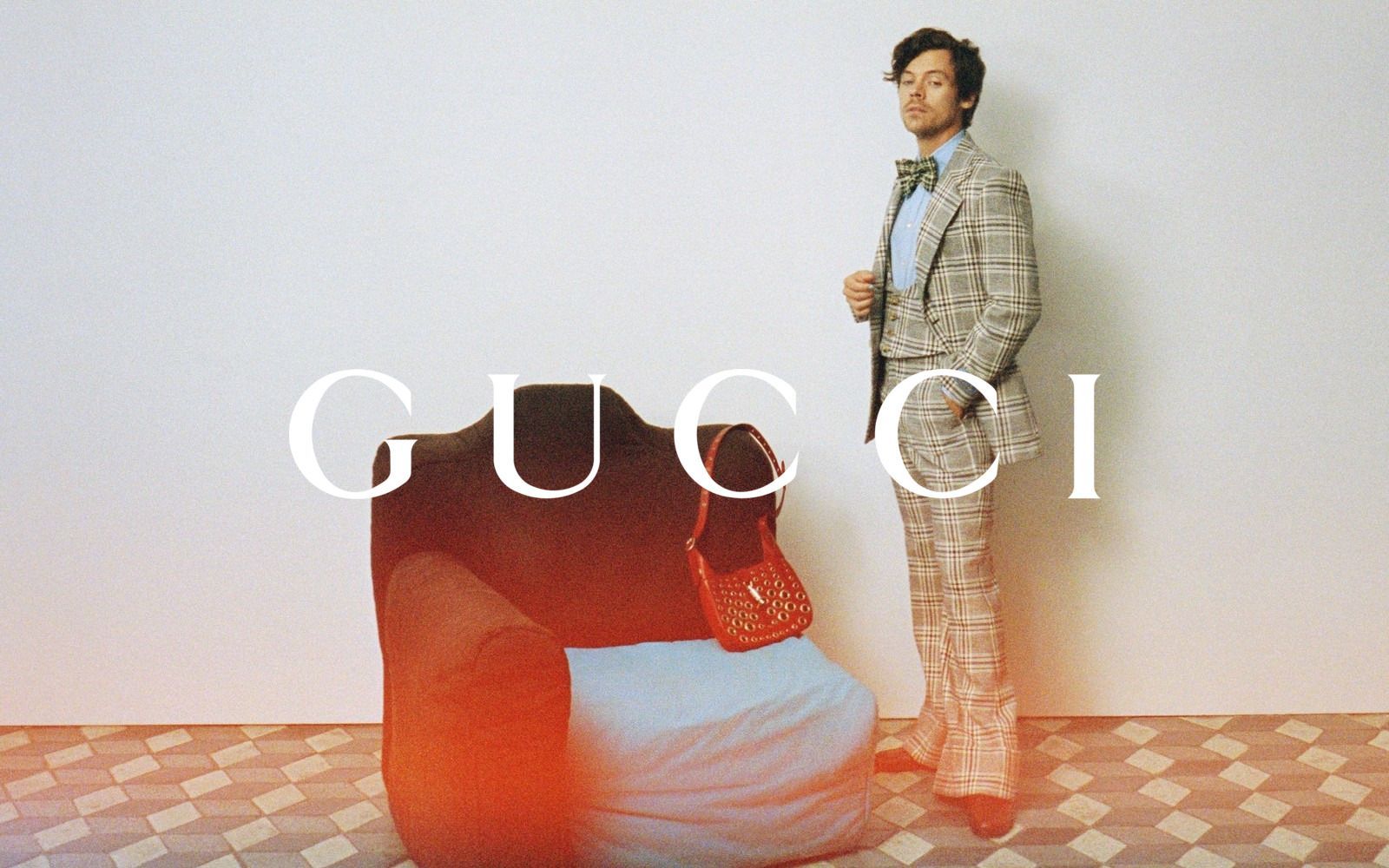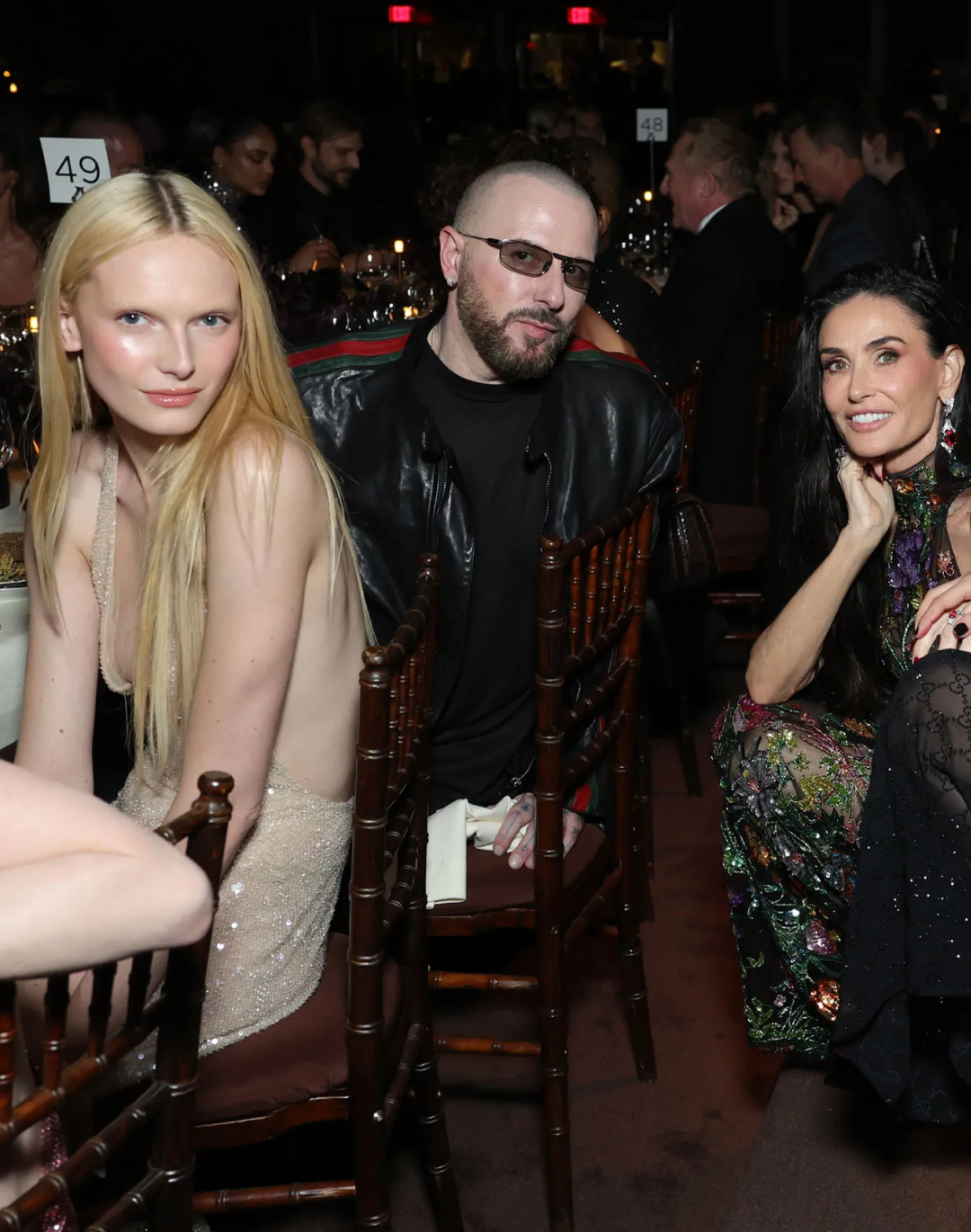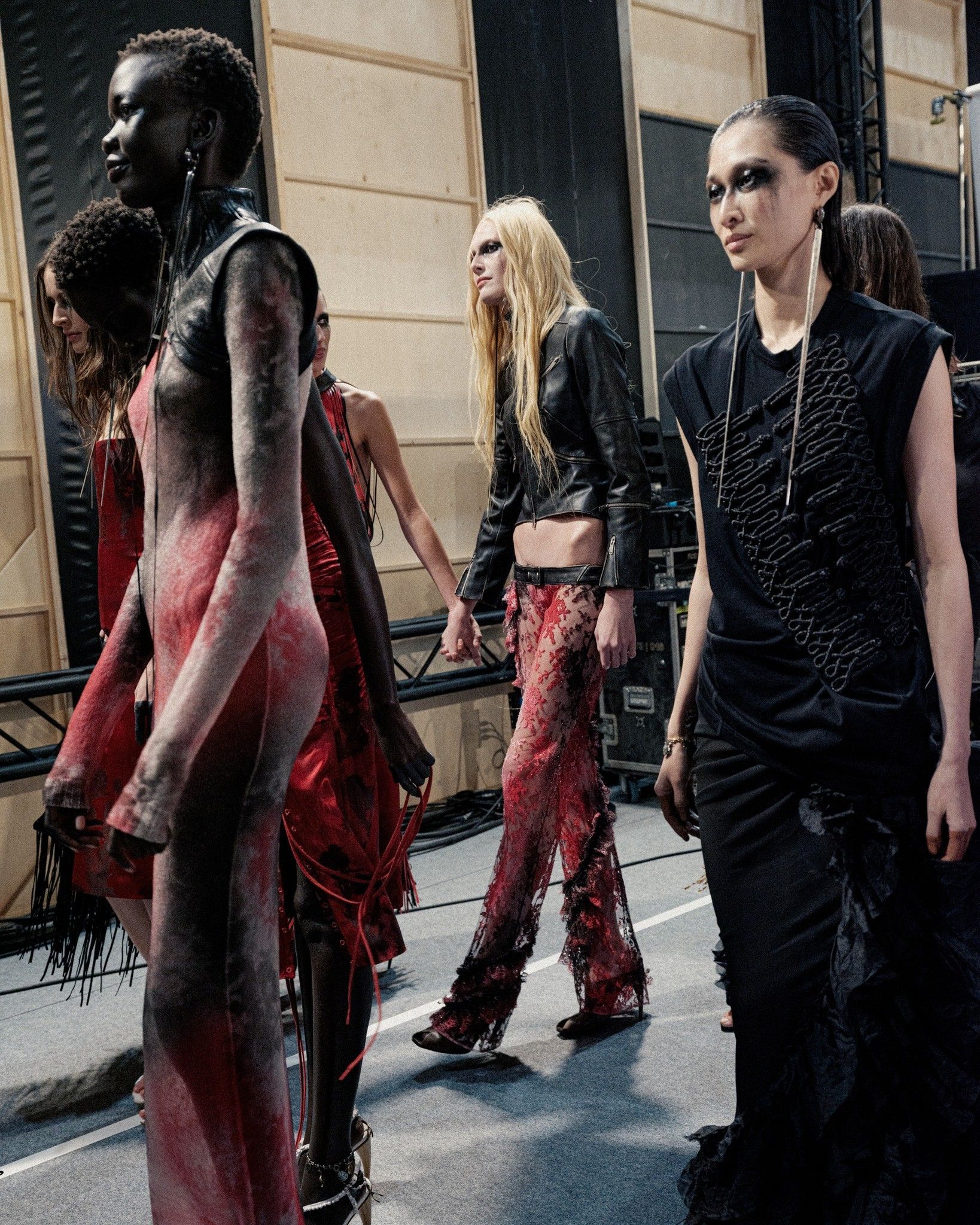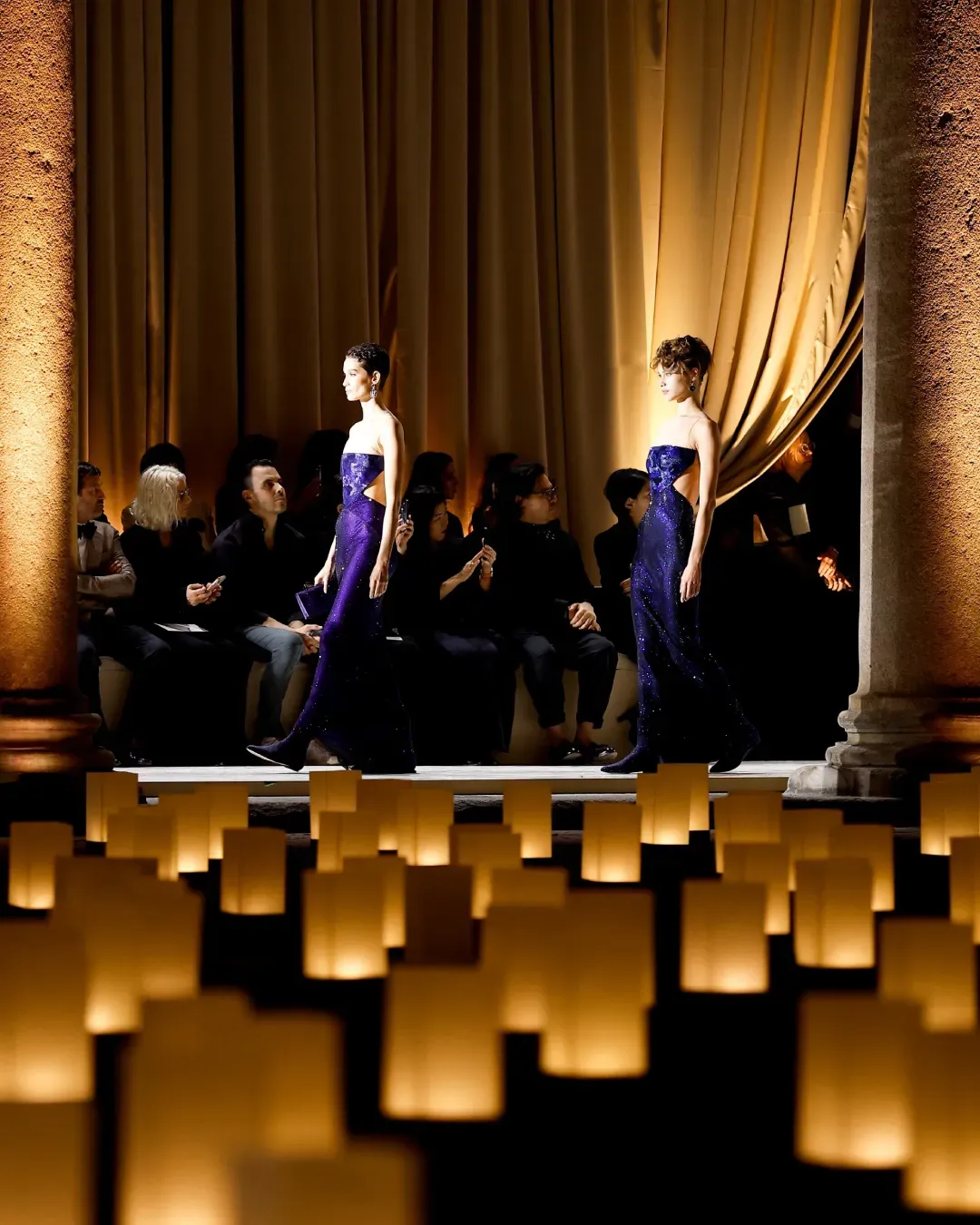
What are the next steps in Gucci's strategy? From investing in classics to enhancing menswear
Brands, just like people, have to grow and evolve with time, find new things to say, new ways in which to express themselves. In fashion, the balance is even more difficult: in an industry where the equation between novelty and tradition is still treated as a kind of alchemical formula, one certainly cannot rest on one's laurels-even for top players like Gucci. The brand headed by Alessandro Michele has been at the top of the fashion food chain practically since its founding, the scandals and crises of the 1980s and 1990s are only a distant memory, and its spectacular shows generate millions in average value - 18.8 million during the last Milan Fashion Week alone. No less, brand strategies also need to keep up with the times, and Gucci's would seem to be in the process of being updated, with the goal of bringing the brand back to the tumultuous and exponential growth it had enjoyed between 2016 and 2018. If in fact Louis Vuitton or Hermès have maintained and accelerated their pace (by 24 percent in the third quarter for Hermès, for example) the effect of the lockdown continues to weigh on Gucci whose revenues grew by 9 percent in the third quarter of 2022 - one percentage point less than analysts predicted. «In an increasingly complex environment» François-Henri Pinault had commented then, «we maintain the required flexibility to support our profitability and sustain our investments in the long-term outlook of all our houses, Gucci first and foremost». In response to this slowdown in sales, the brand has adopted several strategies: from expansion in the U.S. market to investment in more classic and traditional categories and products, including a new director for dedicated to the brand's Chinese market and a strengthening of menswear.
Of the many investments made by Gucci, the most important is surely the one in classic values. After the Exquisite Gucci campaigns inspired by Kubrick's films and the one for the third installment of the collaboration with The North Face, in fact, the brand's campaigns appear more simplified: from the shots for Vogue signed Joshua Woods and focused on tailoring and new matelassé bags and the recent content series inspired by Wu Ang's poetry named Mind Travellers, to the campaigns starring reassuring Hollywood stars like Ryan Gosling, Jessica Chastain or Idris Elba, to the series of shots dedicated to handbags co-created with Dazed and Gucci's latest HA HA HA campaign with Harry Styles, the brand's kaleidoscope of colors and logos seems to have retreated in favor of a less loud and flashy aesthetic. The usual panache the brand had accustomed us to, however, has not disappeared and especially thanks to collaborations-events like the one with Palace and the launch of the Gucci Pet campaign. The focus is especially on handbags and tailoring, with an intensified push on hyper-luxurious categories such as high jewelry, extra-luxury perfumery, luggage and watches. Meanwhile, as BoF writes, citing analyst Piral Dadhania of RBC Capital Markets: «The number of bags priced at under £1,500 pounds dropped by 30 percent, marking a shift away from Gucci’s pre-pandemic assortment of bestsellers, which more heavily featured items like the Soho Disco crossbody (then priced at $1,190)». All these personalized, hyper-luxurious, couture-like services serve not only to elevate the brand's image, broadening its appeal, confirming its status and, in turn, fueling sales of the most commercial and obtainable categories.
@whakandmo some looks backstage at the gucci twinsburg show #gucci #guccitwinsburg #guccitwins #twins #bts original sound - sfyedoom
At a deeper level, the brand then plans to strengthen the menswear proposition by abandoning the two-show annual format announced during the pandemic and returning to the five-show calendar: two for women, two for men, and a Cruise show that will continue to be mixed. During the recent Milan Global Fashion Summit, CEO Marco Bizzarri said about the decision: «We have stuck to two displays per year but together with Alessandro [Michele] we decided to put a stronger emphasis on menswear, after holding coed shows for several season». The trend of differentiation between men's and women's collections actually involves a great many of today's leading fashion brands and generally corresponds to an industry-wide desire to give menswear its own specific dimension. On a separate occasion, discussing the issue of show separation, Carlo Capasa of the CNMI said: «Men’s is quite an essential part of the business and showing it separately is putting it back under the spotlight, avoiding the risk womenswear swallows its identity». Also to optimize performance, then, a number of new figures have taken on various managerial roles: from the arrival of Maria Cristina Lomanto to the dual position of Executive Vice President & Brand General Manager, via the appointment of an unspecified senior designer as Studio Director, to the appointment of Laurent Cathala as the new president of the Chinese division, who will have the delicate task of building a more localized business network. Also in China, then, the watch and jewelry department will come under the direct management of the Milan headquarters in an effort to strengthen the category while the brand is multiplying stores in America riding on its popularity in that market.















































